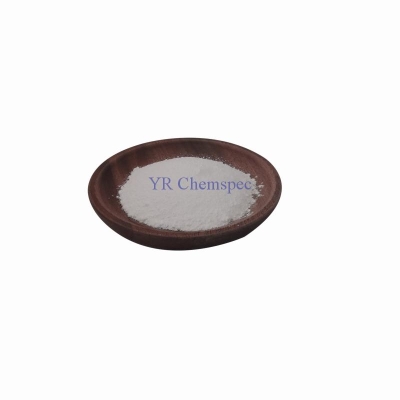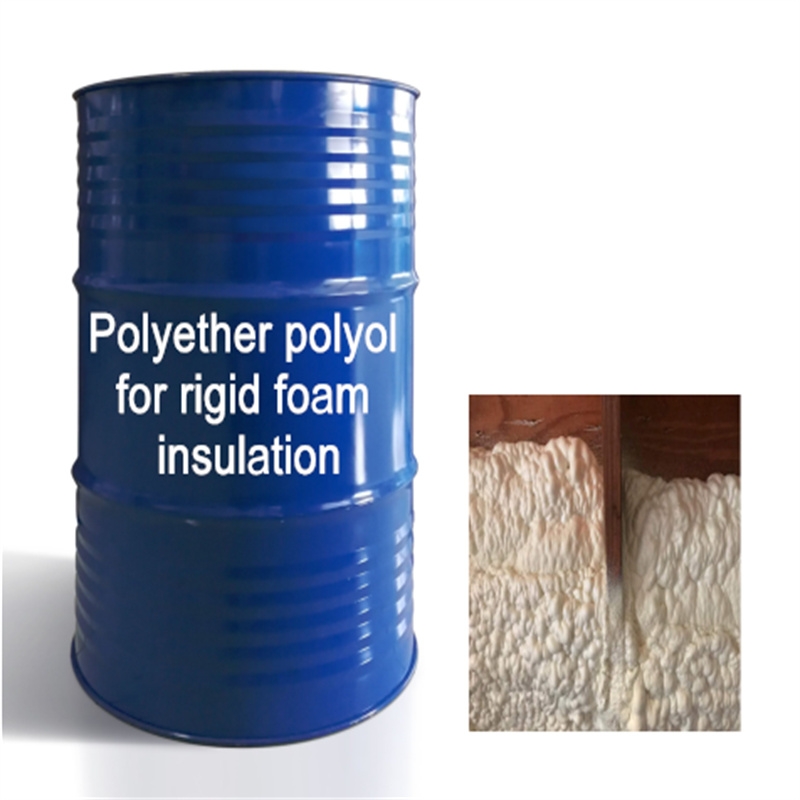-
Categories
-
Pharmaceutical Intermediates
-
Active Pharmaceutical Ingredients
-
Food Additives
- Industrial Coatings
- Agrochemicals
- Dyes and Pigments
- Surfactant
- Flavors and Fragrances
- Chemical Reagents
- Catalyst and Auxiliary
- Natural Products
- Inorganic Chemistry
-
Organic Chemistry
-
Biochemical Engineering
- Analytical Chemistry
- Cosmetic Ingredient
-
Pharmaceutical Intermediates
Promotion
ECHEMI Mall
Wholesale
Weekly Price
Exhibition
News
-
Trade Service
Because the pesticide content in the sample is extremely low, the extraction efficiency directly affects the accuracy of the results
.
The extraction method and extraction solvent should be selected according to the type of pesticide, the type of sample, the fat in the sample, the moisture content and the final determination method, etc.
1.
Water samples At present, the extraction methods for pesticide residue analysis in water samples mainly include liquid-liquid extraction, solid-phase (column/membrane) extraction, and solid-phase microextraction
.
At present, the main method is to use different solid phase extraction cartridges to enrich the pesticides in the water samples according to the properties of the pesticides, wash the impurities with a solvent, and then determine the pesticides after elution
(1) Liquid-liquid extraction method
.
Liquid-liquid extraction is a method of extracting pesticide residues from water samples by using organic solvents based on the distribution law of target pesticide molecules in water and organic phase
Although liquid-liquid extraction has high extraction efficiency for most pesticide targets and simple operation, it can be realized in general laboratories, but its disadvantage is that it consumes a large amount of solvent and the labor intensity of the experimenter's operation is relatively large
.
(2) Solid phase extraction method
.
Solid phase extraction (SPE) refers to the process in which pesticide target molecules in water are enriched by the adsorption of adsorbents, and then eluted with a certain solvent
According to the different preparation methods of the adsorbent, the solid phase extraction method can be divided into solid phase column extraction and solid phase membrane extraction
.
Although the two methods are slightly different, the principles are roughly the same
(3) Solid phase microextraction
.
The solid-phase microextraction (SPME) technology was proposed by Canadian scholars in 1989
2.
The soil sample can be extracted with a mixed solvent or water-containing solvent with a shaker or Soxhlet extractor, or with an accelerated solvent extraction instrument
.
3.
After crop samples, fruits, vegetables and other samples with high water content are crushed: add a solvent or mixed solvent that is miscible with water and homogenize in a tissue crusher at high speed, so that the solvent can be repeatedly contacted with the fine sample.
Extraction
.
Samples with high fat content, such as grains, beans, oil crops, etc.
4.
Animal tissue samples For animal tissue samples with a small amount, the tissue can be pulverized in a micro glass grinder, extracted with a solvent, and then purified; for animal tissue samples that are not easy to be mashed, the digestion method can be used, and the digestion solution can be added.
It is digested in a boiling water bath, and then diluted and then subjected to liquid-liquid partition extraction
.
Classical extractors include oscillators, Soxhlet apparatus, and tissue homogenizers are usually used
.
The extraction solvent is added when the sample is crushed, and the crushing and extraction operations are combined
Related Links: Extraction of Agricultural Products Sample







